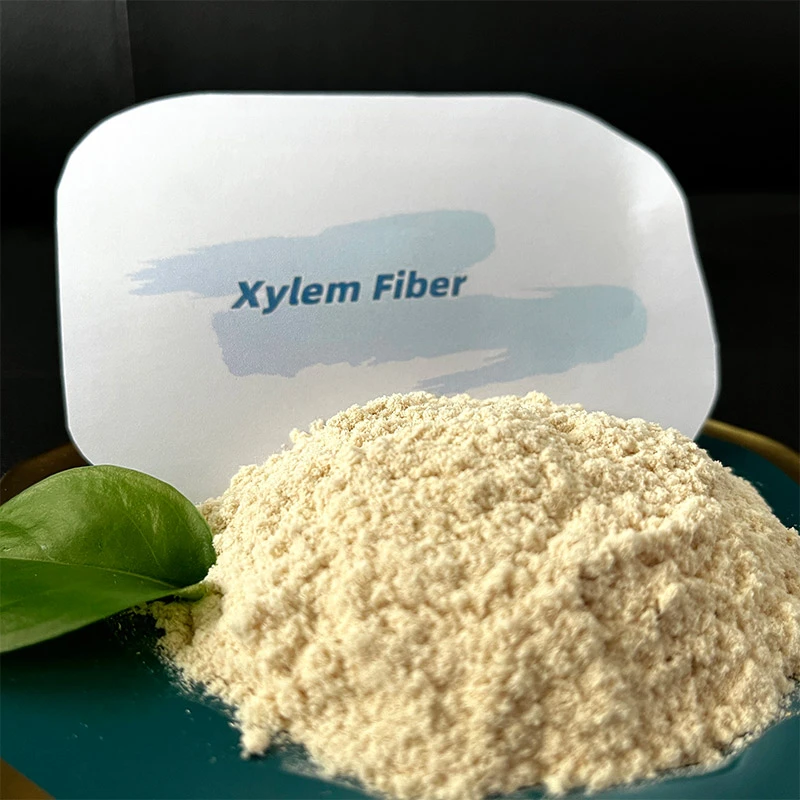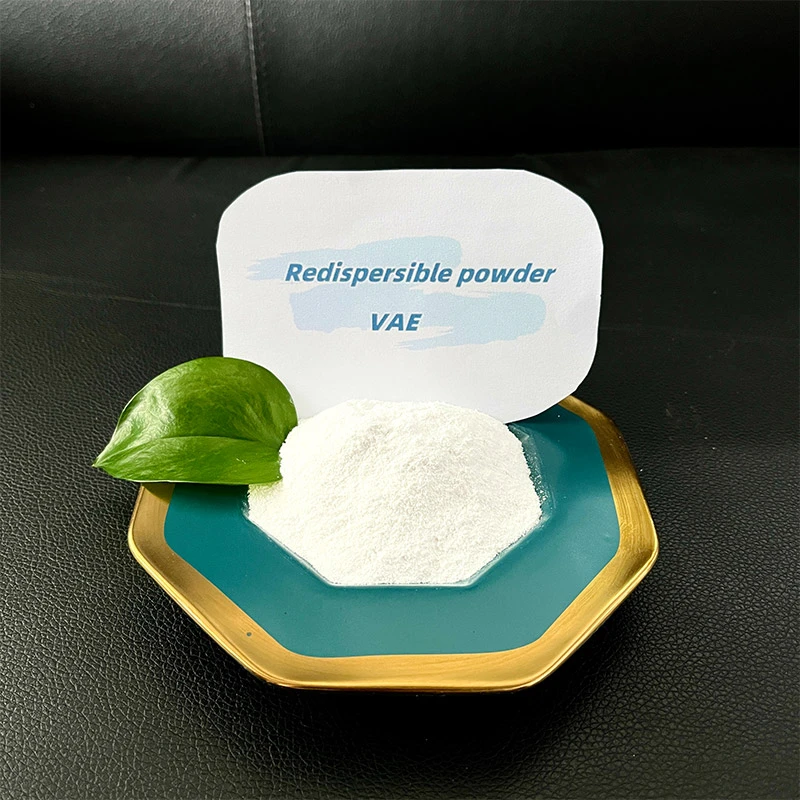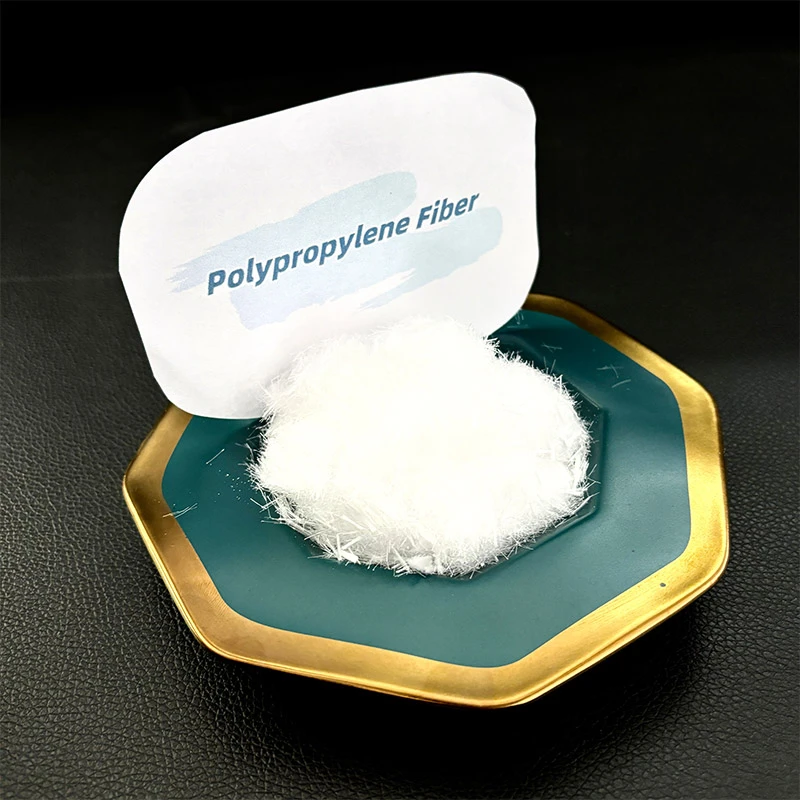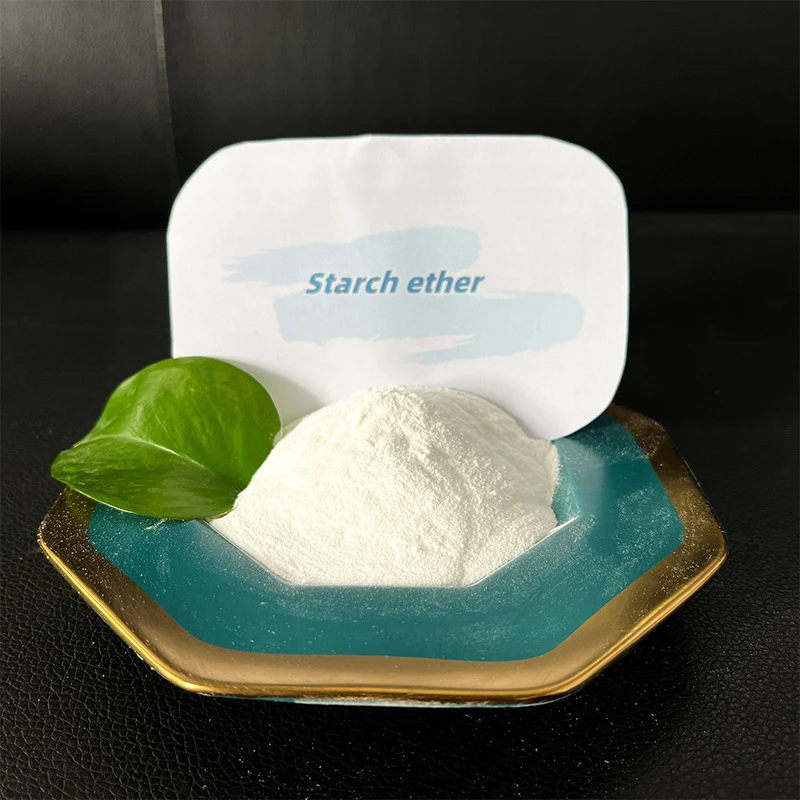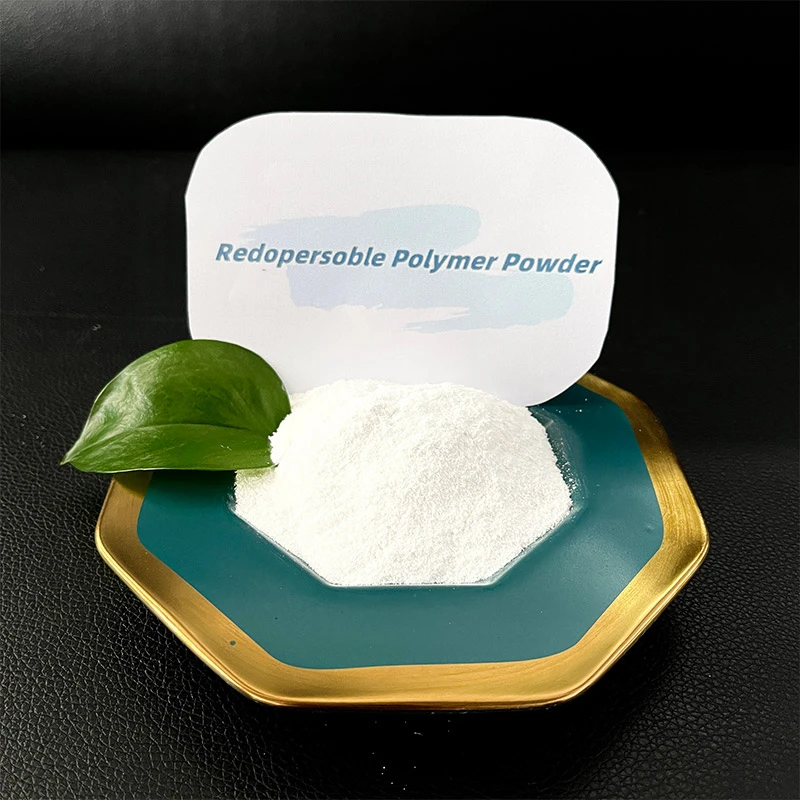
-

Add: HeBei ShengShi HongBang Cellulose Technology CO.,LTD.
-

Email
13180486930@163.com -

CONTACT US
+86 13180486930

High-Performance Polypropylene Concrete Fiber Superior Reinforcement & Durability Solutions
- Introduction to Polypropylene Concrete Fiber and Its Role in Modern Construction
- Material Properties and Technical Advantages
- Comparative Analysis of Leading Manufacturers
- The Mix Design of Polypropylene Fiber Reinforced Concrete
- Customization Options for Diverse Project Needs
- Real-World Application Cases and Performance Outcomes
- Conclusion: The Future of Polypropylene Concrete Fiber in Construction
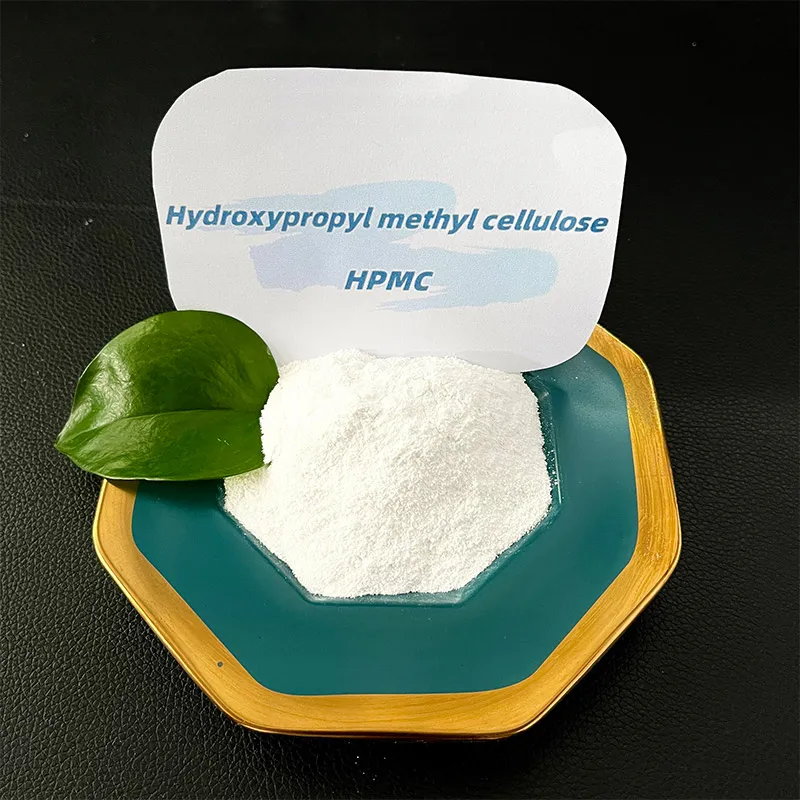
(polypropylene concrete fiber)
Introduction to Polypropylene Concrete Fiber and Its Role in Modern Construction
Polypropylene concrete fiber has revolutionized concrete technology, offering enhanced durability and structural resilience for modern construction projects. As an additive, it significantly modifies the behavior of concrete under load, deformation, and environmental attack. Its application spectrum has broadened from high-rise buildings to crucial infrastructure such as bridges, tunnels, and industrial flooring. A recent market report highlights that the global demand for fiber-reinforced concrete—driven chiefly by polypropylene fiber—is expected to reach USD 2.4 billion by 2027, growing at a CAGR of 5.8%. These statistics underscore the increasing reliance on synthetic fibers to overcome the limitations inherent in plain concrete.
Material Properties and Technical Advantages
Polypropylene fibers are recognized for their outstanding chemical resistance and low moisture absorption rate, which directly mitigate common concrete weaknesses like shrinkage cracking and freeze-thaw damage. Their tensile strength typically ranges from 400 to 700 MPa, contributing to superior crack resistance throughout the curing and service life of concrete. In addition, polypropylene fibers display an elastic modulus of approximately 3.5–10 GPa. Compared to steel fibers, they are nearly 90% lighter, which ensures easy dispersion during the mixing phase without segregation.
Scientific studies demonstrate that when dosed at rates as low as 0.9 kg/m³, polypropylene fibers can reduce plastic shrinkage cracks by over 80%. Their inert nature also ensures no corrosion, a drawback with steel reinforcements in chloride-exposed environments. Moreover, because of their flexibility and dispersion, they enhance impact resistance, toughness, and residual strength, greatly supporting structures in seismic zones or dynamic loading conditions. This technical superiority translates into extended lifecycle performance and greater return on investment for asset owners.
Comparative Analysis of Leading Manufacturers
Selecting a suitable polypropylene fiber supplier is pivotal for achieving optimal performance in concrete applications. The table below compares prominent manufacturers—BASF, Sika, and Grace Construction Products—highlighting their specifications and value propositions.
| Manufacturer | Product Name | Fiber Length (mm) | Tensile Strength (MPa) | Recommended Dosage (kg/m³) | Key Features |
|---|---|---|---|---|---|
| BASF | MasterFiber 012 | 12, 19 | 550 | 0.9 | Enhanced crack resistance, improved durability |
| Sika | SikaFiber PP-48 | 6, 12, 18 | 450 | 1.0 | Optimized workability, corrosion-free |
| Grace | STRUX 90/40 | 38 | 620 | 0.7 | Superior toughness, alkali-resistant |
Despite slight variations in recommended dosages and performance characteristics, all three brands offer consistent quality with strong technical support. Their innovative fiber geometries help optimize the distribution within concrete, ensuring high reliability for both standardized and bespoke mixes.
The Mix Design of Polypropylene Fiber Reinforced Concrete
Developing an effective mix design of polypropylene fiber reinforced concrete requires a precise understanding of compatibility between the selected fiber and cementitious matrix. Standard practice integrates fibers with the dry components before water and admixtures are introduced to the mix, ensuring thorough dispersion. Dosage rates are tailored based on project performance objectives, typically ranging from 0.6 to 1.2 kg/m³ for general reinforced slabs and higher for infrastructure applications subjected to dynamic or seismic loads.
The effect of polypropylene fiber in concrete is most pronounced in the early stages of hydration, where it controls plastic shrinkage and settlement cracking by forming multidirectional reinforcement throughout the matrix. For instance, test results on slabs with 1.0 kg/m³ polypropylene fiber displayed a reduction in surface crack width by up to 1.4 mm compared to fiber-free controls. Workability is carefully balanced by adjusting the water to cementitious ratio and using superplasticizers when required, maintaining target slump and ease of placement. By closely following a well-developed polypropylene fiber concrete mix design, engineers achieve consistent, performance-optimized concrete, fit for demanding site conditions.
Customization Options for Diverse Project Needs
The versatility of polypropylene fiber concrete extends beyond standard dosages and lengths. Manufacturers now provide tailored products with modified surface textures or blended lengths to meet specialized needs—such as high-impact industrial pavements or ultra-thin overlays in renovation projects. This adaptability allows specifiers to fine-tune parameters like fiber diameter, polymer composition, and melting point for compatibility with hot-weather pours or highly aggressive chemical exposure.
Customization also encompasses pre-blended fiber-concrete solutions, which reduce on-site variability and enhance quality control. Leading suppliers assist in laboratory trial batching and provide detailed technical documents to aid compliance with ASTM C1116/C1116M guidelines and local construction codes. Such partnership-driven customization ensures that every project—regardless of size or complexity—benefits from the engineered advantages of polypropylene fibers, resulting in predictable, high-performance outcomes.
Real-World Application Cases and Performance Outcomes
High-profile projects worldwide have validated the technical and economic value of polypropylene fiber reinforced concrete. One notable example is the Dubai Metro infrastructure, where over 300,000 m² of slab track utilized 1.0 kg/m³ of polypropylene fiber, observing a reduction in crack-related repairs by more than 60% within the first three years of service. Similarly, a logistics hub in Rotterdam employed fiber-modified industrial floors to withstand over 200 forklift passes per hour, demonstrating sustained flexibility and minimal maintenance for five consecutive years.
In highway overlays across Scandinavia, the addition of polypropylene fiber increased fatigue resistance by 27%, contributing to fewer pothole occurrences and lower lifecycle costs. Another case in dairy production facilities highlights hygienic advantages: polypropylene fibers, being non-rusting, enable seamless, crack-free floors that facilitate easy cleaning and reduce biohazard risks. These diverse applications showcase the quantifiable benefits when technical optimization, material science, and customized solutions converge.
Conclusion: The Future of Polypropylene Concrete Fiber in Construction
The growing integration of polypropylene concrete fiber
signals a shift toward more resilient, durable, and sustainable construction practices. As evolving demands for infrastructure performance intensify, both public and private sectors increasingly recognize the multifaceted advantages of polypropylene fiber. With continuous research pushing the technical boundaries, the next generation of fiber-reinforced concrete will further enhance structural integrity while reducing labor, material, and maintenance costs. Adopting this technology broadly will be instrumental in building infrastructure that stands the test of time and supports modern economic growth.
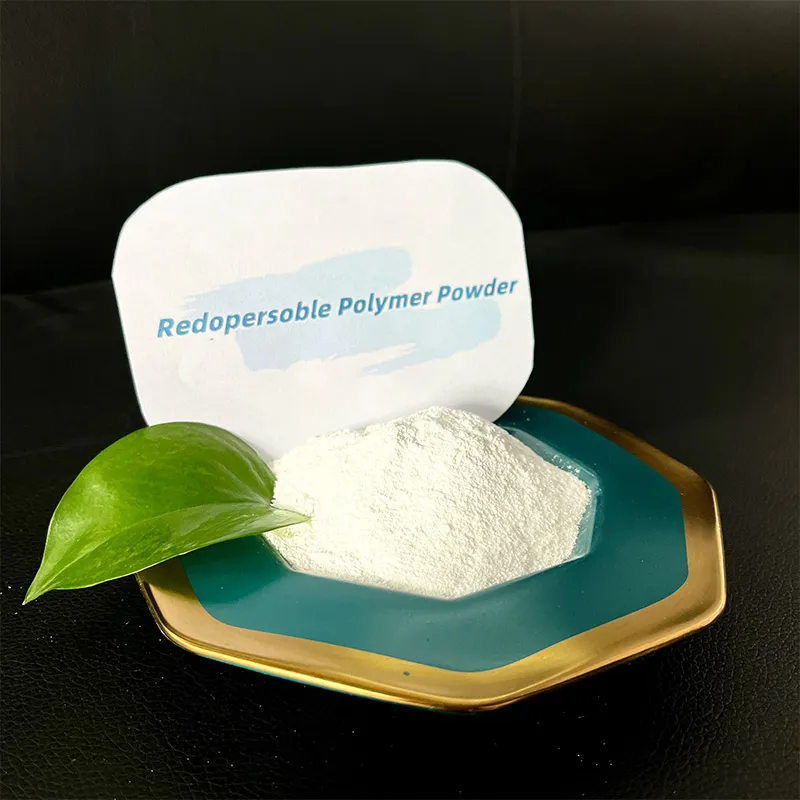
(polypropylene concrete fiber)
FAQS on polypropylene concrete fiber
Q: What is polypropylene concrete fiber?
A: Polypropylene concrete fiber is a synthetic fiber made from polypropylene, used to reinforce concrete. It improves the concrete's mechanical properties, such as crack resistance and toughness. The fibers are mixed directly into the wet concrete.Q: How does polypropylene fiber affect concrete performance?
A: Polypropylene fibers help control plastic shrinkage cracking in concrete. They also enhance impact and abrasion resistance, resulting in more durable concrete. These fibers do not significantly affect the compressive strength.Q: What is involved in the mix design of polypropylene fiber reinforced concrete?
A: The mix design involves determining the right proportion of fibers, cement, aggregates, and water. Commonly, fiber content ranges from 0.1% to 0.3% by volume. The fibers are uniformly mixed into the concrete to ensure performance consistency.Q: Why use polypropylene fiber instead of steel fiber in concrete?
A: Polypropylene fiber is lighter, corrosion-resistant, and easier to handle than steel fiber. It is suitable for controlling microcracks and plastic shrinkage. However, it does not provide the same structural reinforcement as steel fibers.Q: What are the typical applications of polypropylene fiber reinforced concrete?
A: Polypropylene fiber reinforced concrete is commonly used in pavements, driveways, industrial floors, and shotcrete. It is also popular for precast concrete products. The fibers improve durability and reduce maintenance needs.-
Ethyl Cellulose Powder as a Pharmaceutical BinderNewsJul.10,2025
-
Blending Fibre Natural and Synthetic for PerformanceNewsJul.10,2025
-
Starch Ether For Construction: The Advanced Mortar Additive RevolutionNewsJul.10,2025
-
MHEC Cellulose in Cement-Based Renders and PlastersNewsJul.10,2025
-
Micronized Rubber Powder Dispersion TechniquesNewsJul.10,2025
-
Impact of Cream of Tartar Plaster Retarder on Final StrengthNewsJul.10,2025
-
Rubber Powder Durability in ConstructionNewsJun.26,2025







